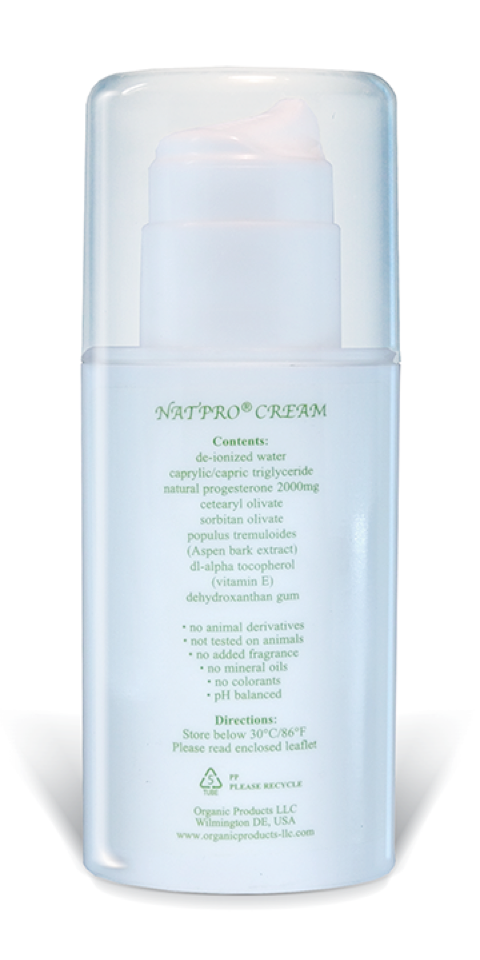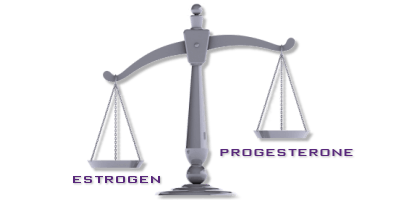DELIVERY METHODS
Progesterone - Delivery Methods
Today, numerous delivery methods are available, yet many fail to provide the correct dosage of progesterone, leading to undesirable symptoms.
- Injections
- IV Transfusions
- Subcutaneous Implants
- Suppositories/Pessaries
- Vaginal Tablet
- Torches/Lozenges
- Drops
- Oral Tablets
- Gels
- Oils
- Creams
Injections - These injections are substantial in size, can be quite uncomfortable, and frequently contain peanut or sesame oil. Should the temperature decrease too much, there's a possibility that the progesterone may crystallize. Each injection ranges from 50 to 100 mg.
IV Transfusions - are used in cases of Traumatic Brain Injury (TBI), with dosages reaching up to 1200mg. It is administered swiftly and serves as an effective method for delivering progesterone in emergency situations. IV transfusions are patented, making it impossible to ascertain their precise contents, yet the system has proven successful, functioning effectively without causing any harm.
Subcutaneous Silastic Capsules - The implants are composed of a silicone elastomer that is not biodegradable. Each implant includes 24, 40, 110, or 220 mg of crystalline progesterone, along with a progestin formulated for a duration of five years. Efforts are underway to create biodegradable systems that dissolve within the body and eliminate the need for removal.
Suppositories/Pessaries - are highly effective but restricted to specific applications. They may include a PEG emulsifier, silica gel, cocoa butter, glycerin, gelatin, and water. PEG emulsifiers have the potential to contain dioxane, which is recognized as a carcinogen. The dosage varies between 100-200mg each.
Vaginal Tablets - These are administered through an applicator and have restrictions on their use. The ingredients may include lactose monohydrate, polyvinylpyrrolidone, adipic acid, sodium bicarbonate, sodium lauryl sulfate, magnesium stearate, pregelatinized starch, and colloidal silicone dioxide. They are available in a 100mg vaginal tablet.

If you have any questions about Natpro Progesterone Cream
Torches/Lozenges - are not very effective, as 50% of the progesterone is degraded by the gut and liver. Torches can be created from gelatin or PEG (polyethylene glycol) based emulsifiers. PEG emulsifiers may include dioxane, a known carcinogen. Additionally, they can contain artificial sweeteners, flavoring agents, acidifying agents, colorings, and preservatives. Torches represent a relatively new approach for administering bio-identical hormones. The rationale behind this method is that the hormone bypasses the stomach and the initial metabolic processing in the liver by being absorbed through the buccal mucosa, thus entering the bloodstream. Each typically contains 100mg of progesterone.
Drops - The same considerations apply to the Torches/Lozenges. Progesterone has a distinctly bitter taste, which can be quite unpleasant for many women. It is dissolved in oils like vitamin E, peanut oil, and sesame oil. The dosage varies based on the number of drops utilized.
Oral - is the least efficient since 96% is eliminated by the gut and liver, see here. The ingredients usually consist of peanut oil, gelatin, glycerin, lecithin, titanium dioxide, and assorted colourants. Capsules are available in strengths ranging from 25mg to 100mg.
Gels - These are effective but are exclusively used in the vagina and applied with an applicator. They feature a bioadhesive property that adheres to the vaginal lining, which may lead to accumulation. This can result in a vaginal discharge that appears as white globules. The ingredients may include carbomer, phenoxyethanol, caprylyl glycol, sorbic acid, triethanolamine, polyacrylamide, C13-14 isoparaffin, laureth-7, glycerine, vegetable oil, as well as methyl and propylparaben. The dosage varies based on application, typically around 90mg.
Oil - This delivery method is relatively uncommon, although a few examples are available. Progesterone can crystallize if the temperature falls too low, though gentle heating can revert this. Possible oils include coconut and caprylic/capric triglycerides. The dosage is determined by the quantity used.
Creams - Without a doubt, they represent the most effective delivery method. Nevertheless, it's essential to examine the ingredients they include, as some may contain potentially harmful substances like liquid paraffin, parabens, phenoxyethanol, sodium lauryl sulfate, propylene glycol, fragrances, artificial colors, and PEG emulsifying waxes, which can harbor dioxane, a recognized carcinogen. The dosage is influenced by the quantity of cream applied, and the strength of these creams ranges from 1.5% to 20%.
The progesterone found in a cream is well-absorbed and has proven to be just as effective as injections due to its rapid circulation. Creams offer a notable advantage over other delivery methods, as they can be applied anywhere on the body and whenever necessary. As a remarkable anti-inflammatory, progesterone can be utilized on any painful area—especially on the abdomen for menstrual cramps and endometriosis, or for migraines and headaches by massaging the back of the neck. It can also be applied internally for dryness and inflammation associated with hemorrhoids. Additionally, it works wonders for burns, insect bites, scratches, bruises, and even on the face to help diminish wrinkles and more.
Progesterone creams can be applied to any part of the body; there's no need to restrict application to just the thinner areas! The skin consists of 95% keratinocytes, which feature numerous progesterone receptor sites. Interestingly, hair follicles also absorb progesterone effectively. There's no requirement for a specific method or applicator for applying the cream, and it can be used without the discomfort sometimes associated with other delivery methods.

